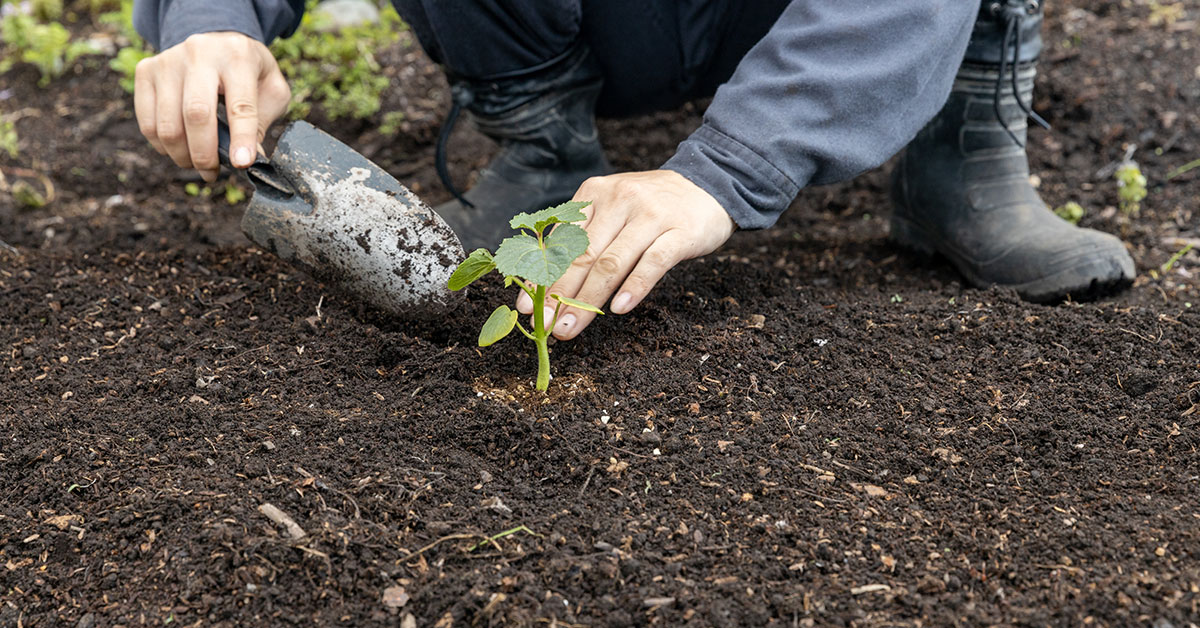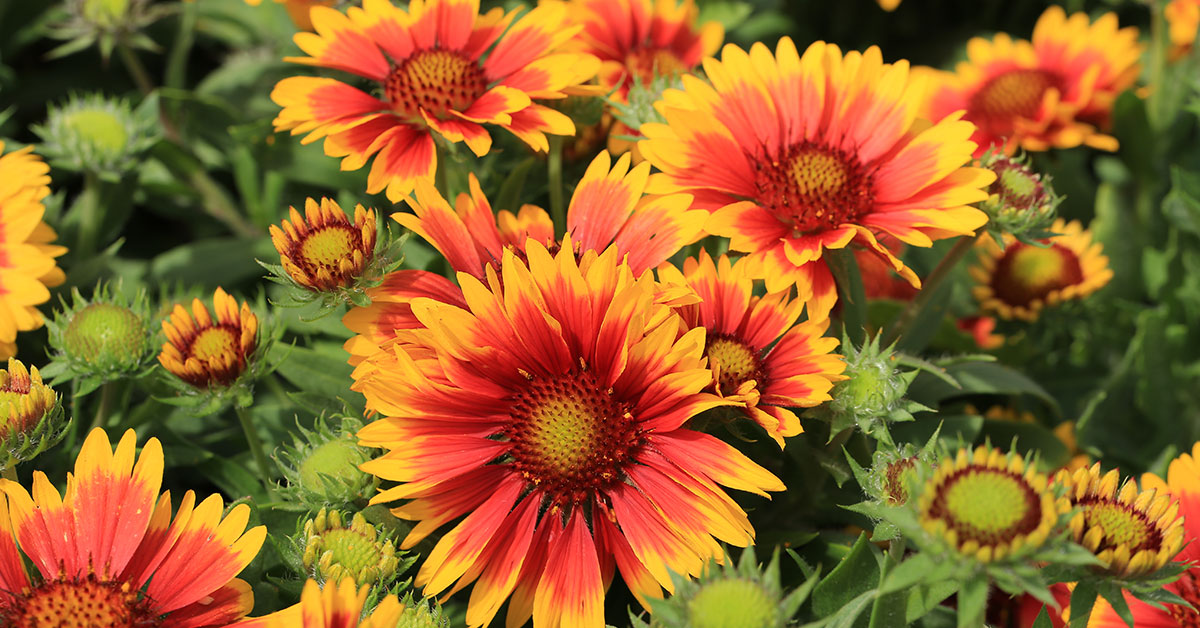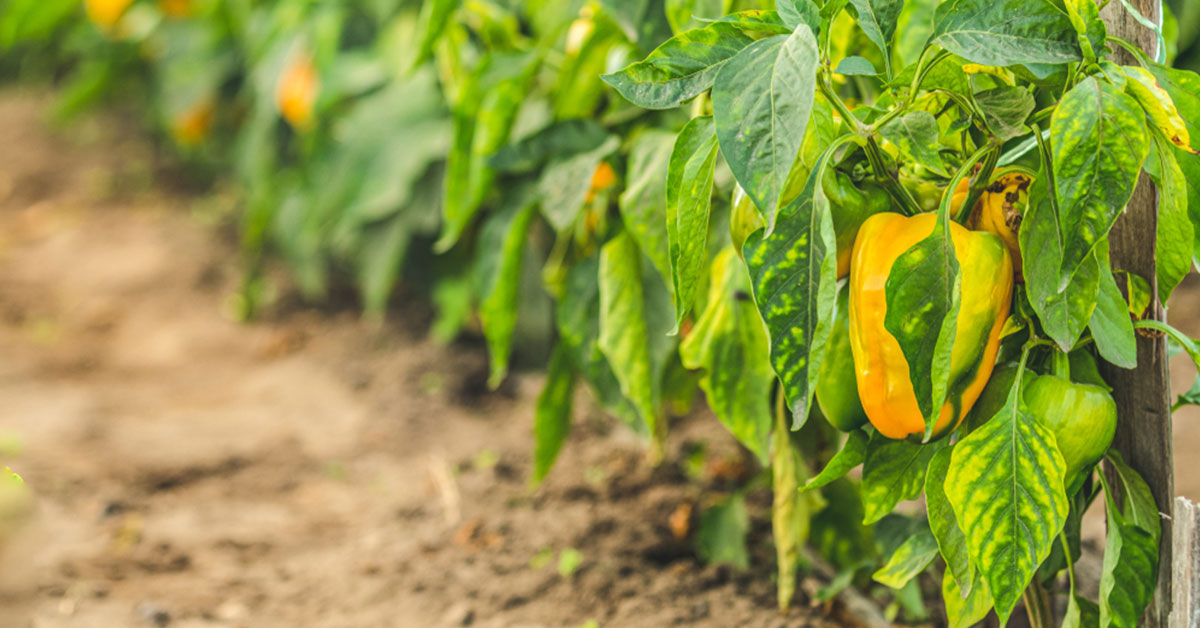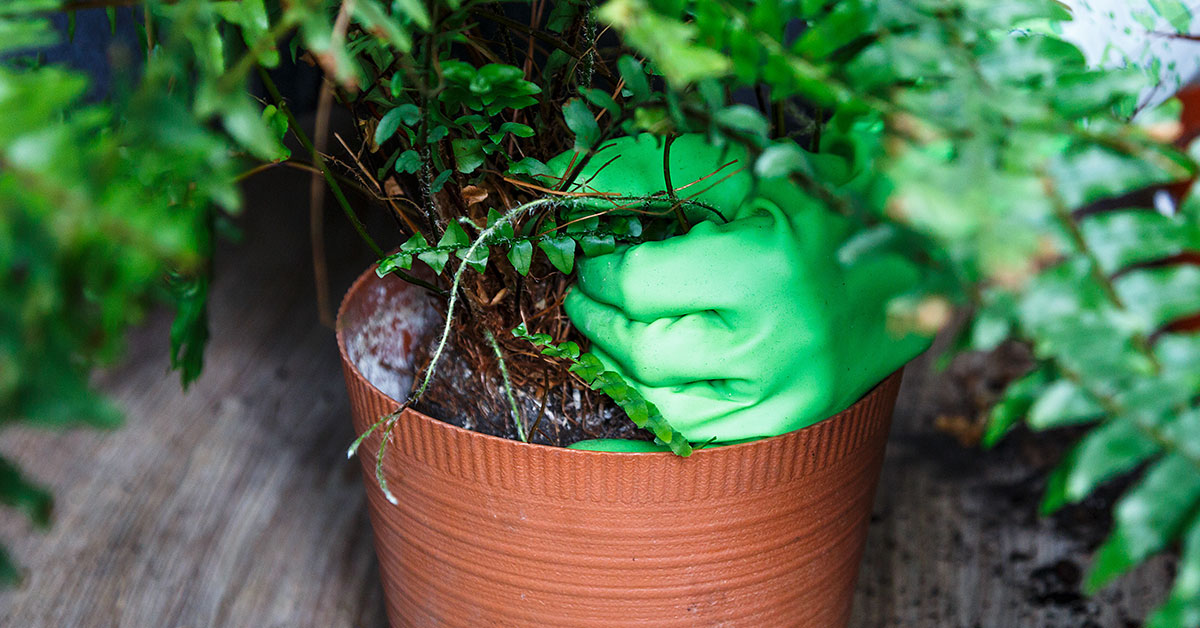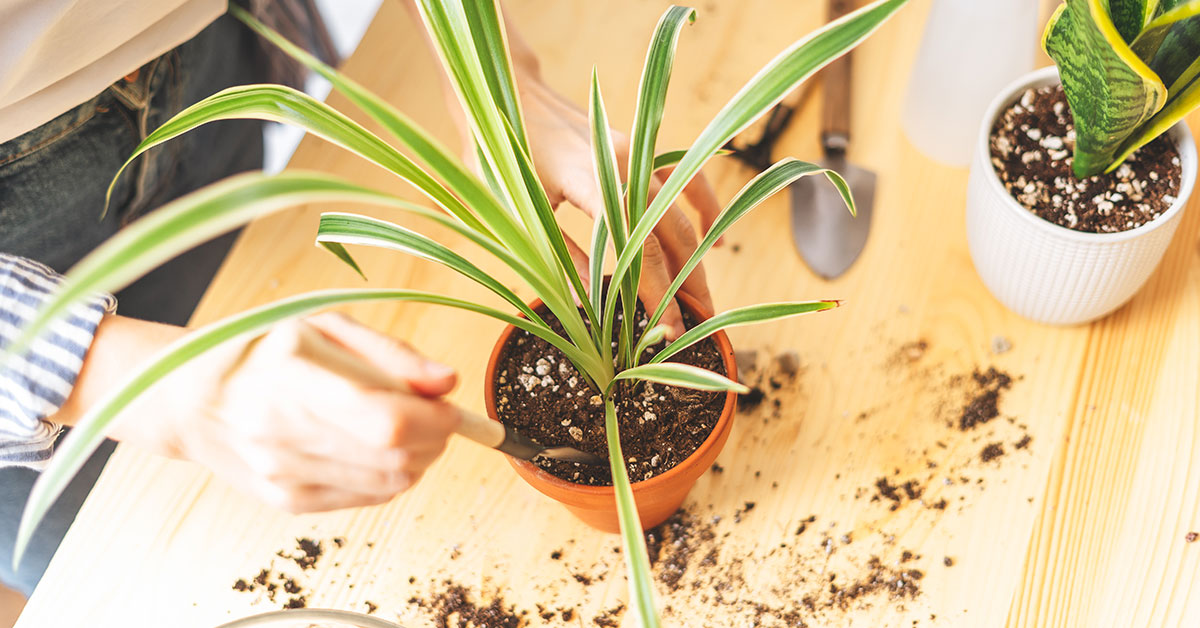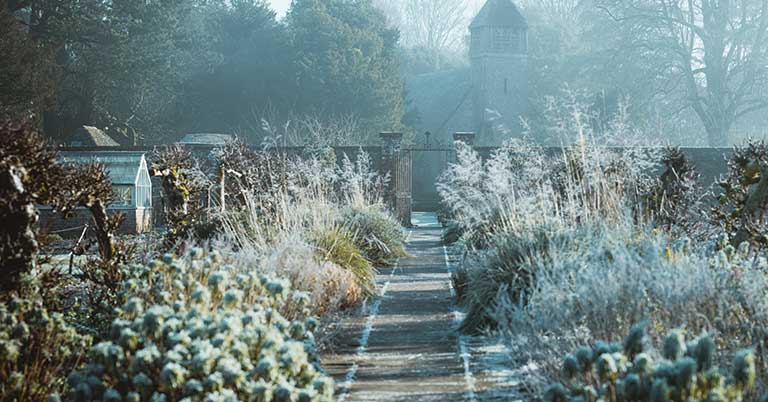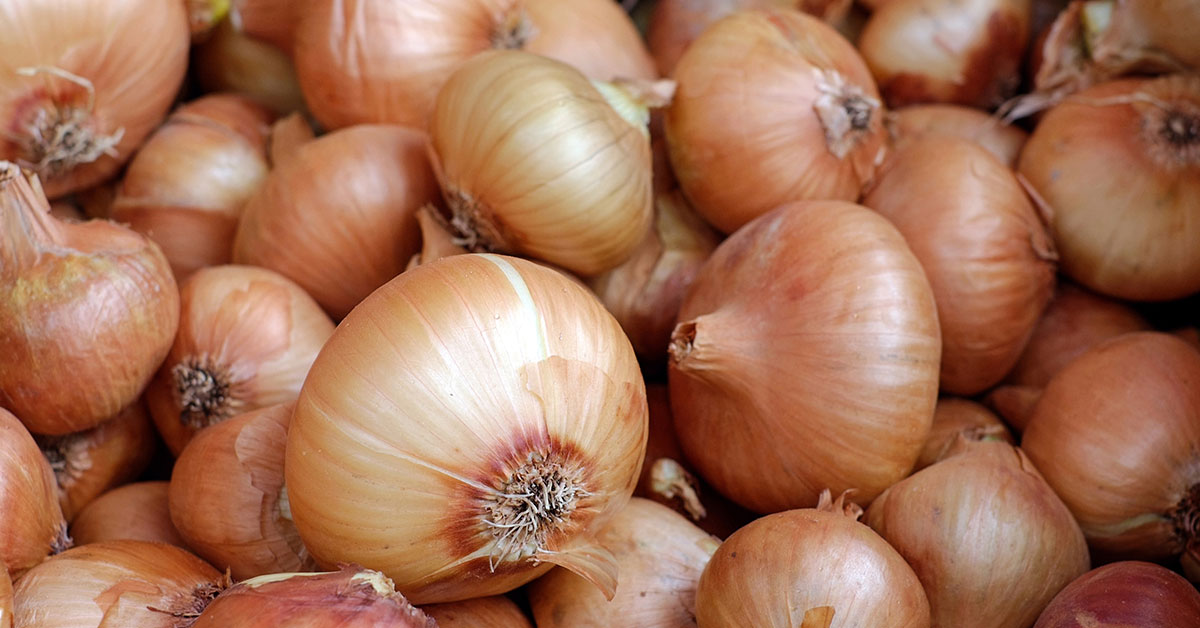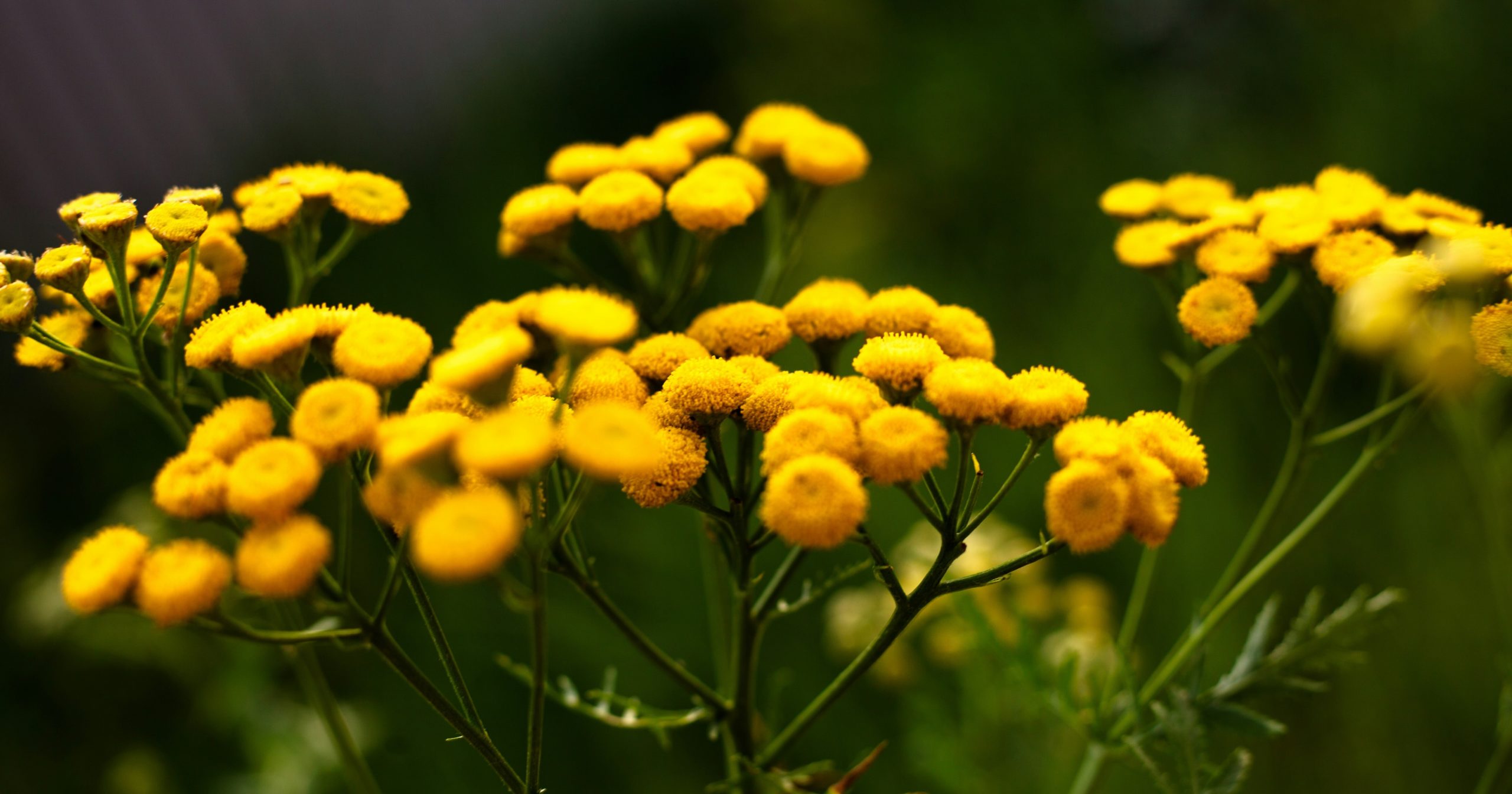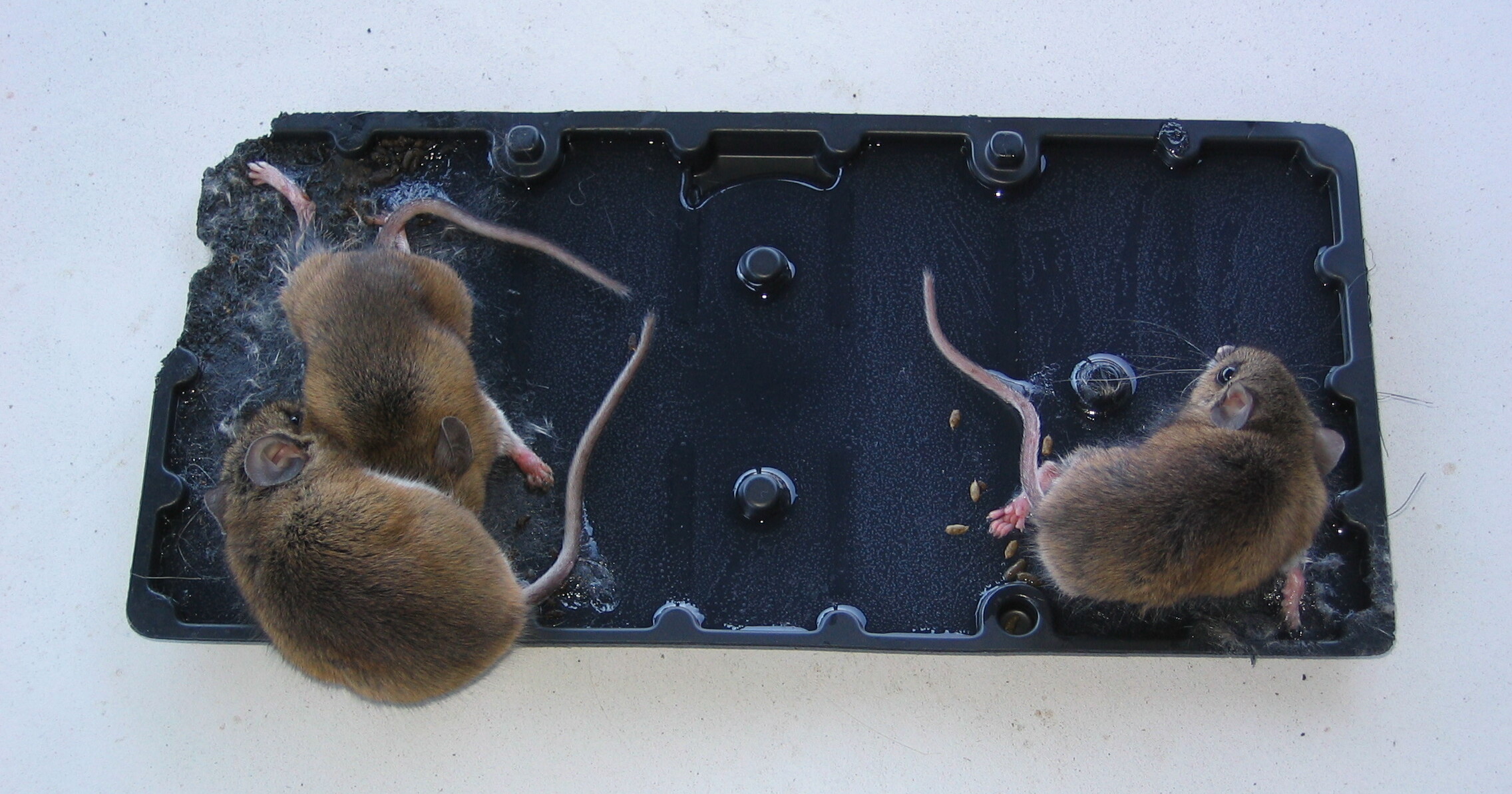If you’re a resident of Georgia and have a passion for gardening, you might be wondering about the best time to plant okra in this region. Known for its vibrant green pods and delicious flavor, okra is a popular warm-season vegetable that thrives in Georgia’s climate. However, it is crucial to understand the specific timing for planting this crop to ensure a successful and bountiful harvest. In this article, we will delve into the optimal planting season for okra in Georgia, considering factors such as weather patterns, soil conditions, and the overall growth requirements of this beloved vegetable.
By following these guidelines, you’ll be well-equipped to cultivate a productive okra garden and enjoy its delightful taste throughout the summer months.
Best varieties of Okra to grow in Georgia
In Georgia, some good varieties of okra that thrive in the climate and soil conditions include:
- Clemson Spineless: This is a popular variety known for its spineless pods, which makes harvesting easier. It is highly productive and has a good resistance to diseases.
- Emerald: This variety produces dark green pods that are tender and flavorful. It is a vigorous plant that adapts well to Georgia’s hot and humid summers.
- Annie Oakley II: This variety is known for its high yield and disease resistance. It produces medium-sized, green pods that are tender and delicious.
- Jambalaya: This variety has a unique red and green coloration and is known for its excellent taste. It is a heavy producer and does well in Georgia’s warm climate.
- Louisiana Green Velvet: This variety is well-suited for Georgia’s hot summers and has a high tolerance for heat and drought. It produces large, dark green pods with a smooth texture.
Remember, when selecting a variety of okra, it’s important to consider factors such as disease resistance, heat tolerance, and yield potential, as well as personal preferences for taste and texture.
When to plant Okra in Georgia
In Georgia, the state’s hardiness zones can vary from zone 6b to zone 9a, depending on the specific region. These hardiness zones are primarily determined by the average minimum winter temperatures experienced in each area.
When it comes to planting Okra in Georgia, it is important to consider the specific hardiness zone of your location. Okra is a warm-season vegetable that thrives in hot and humid climates. It requires a long growing season with consistently warm temperatures to produce a good harvest.
In Georgia, the best time to plant Okra is typically in late spring to early summer, once the soil has warmed up and there is no longer a risk of frost. In general, soil temperatures should be at least 65°F (18°C) for optimal seed germination and plant growth.
For regions in Georgia with a hardiness zone of 9a, you can start planting Okra as early as mid-April. However, if you are in a colder zone such as 6b or 7a, it is advisable to wait until late May or early June, when the risk of frost has passed and the soil has warmed adequately.
To ensure successful growth, it is recommended to plant Okra in well-drained soil that has been enriched with organic matter. Okra plants require full sun exposure, so choose a location in your garden that receives at least 6-8 hours of direct sunlight per day.
When planting Okra, space the seeds or seedlings about 12-18 inches apart, with rows spaced at least 3 feet apart. This allows enough room for the plants to spread and develop fully. Remember to water the plants regularly, especially during periods of dry weather, to promote healthy growth and fruiting.
Harvesting Okra in Georgia can typically start around 60-70 days after planting, depending on the variety. Harvest the pods when they are young and tender, around 3-4 inches in length, as older pods can become tough and fibrous.
By following these guidelines and considering your specific hardiness zone, you can enjoy a bountiful Okra harvest in your Georgia garden.
When to harvest Okra in Georgia
The optimal time to harvest okra in Georgia is usually when the pods are about 2-3 inches long. This is when they are at their most tender and flavorful. It’s best to check your okra plants every few days as the pods can grow rapidly, especially in warm weather. Be sure to harvest them before they become too large and tough.
Other considerations
When growing okra in Georgia, there are several other considerations to keep in mind:
- Soil: Okra thrives in well-drained soil with a pH level between 6.0 and 6.8. Make sure to amend the soil with organic matter, such as compost or aged manure, to improve fertility and drainage.
- Sunlight: Okra is a sun-loving plant and requires at least 6-8 hours of direct sunlight daily. Choose a location in your garden that receives ample sunlight throughout the day.
- Watering: Okra plants need regular watering, especially during dry spells. It is essential to keep the soil consistently moist, but not waterlogged. Water deeply at the base of the plant to encourage deep root growth.
- Mulching: Apply a layer of organic mulch, such as straw or wood chips, around the base of the okra plants. Mulching helps to retain moisture, suppress weeds, and regulate soil temperature.
- Spacing: Okra plants require adequate spacing to allow for proper air circulation and prevent the spread of diseases. Space the plants about 12-18 inches apart in rows that are 3-4 feet apart.
- Fertilization: Okra is a heavy feeder and benefits from regular fertilization. Before planting, incorporate a balanced, slow-release fertilizer into the soil. Additionally, side-dress the plants with a nitrogen-rich fertilizer every 4-6 weeks during the growing season.
- Pest and Disease Management: Watch out for common pests that can affect okra, such as aphids, flea beetles, and caterpillars. Regularly inspect the plants and take appropriate measures to control pests. Also, be vigilant for diseases like powdery mildew, root rot, and bacterial wilt. If necessary, apply organic fungicides or pesticides to manage these issues.
- Harvesting: Okra pods should be harvested when they are 2-3 inches long and tender. Regularly check the plants and harvest the pods every 2-3 days to encourage continuous production.
By considering these factors, you can increase your chances of a successful okra harvest in Georgia.
